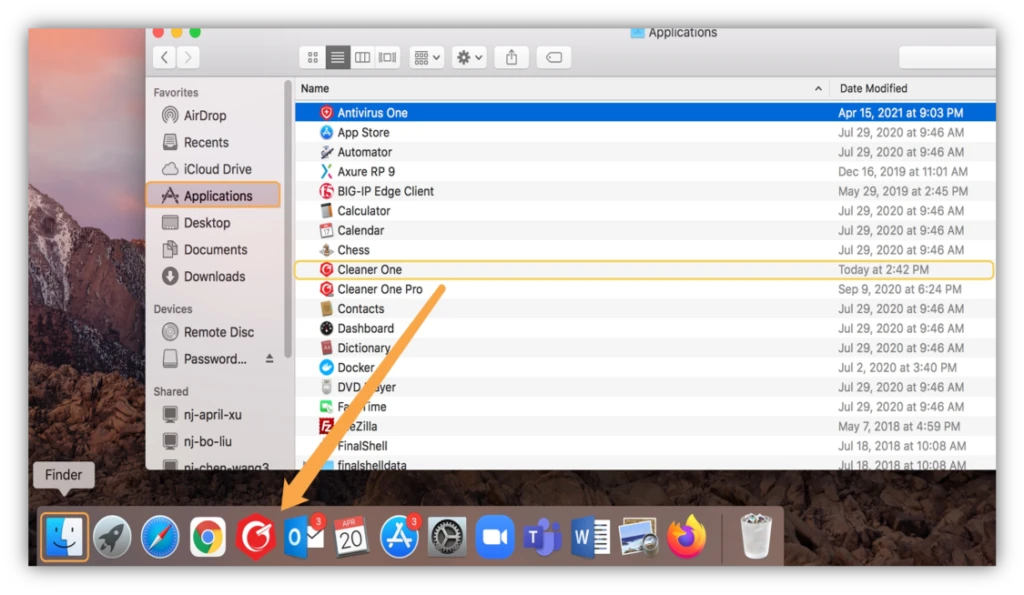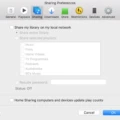Do you often find yourself using multiple displays with your Mac? If so, you may have noticed that when an app is fully screened, it’s locked to the primary monitor. That means if you want to use other displays, you have to exit out of the full-screen mode. Fortunately, there’s a way to lock the Dock to one screen so that it stays on the same monitor regardless of whether or not an app is in full-screen mode.
The first step is to open up System Preferences. You can do this by going to the Apple menu at the top left of your screen and clicking on System Preferences. Once you’re in System Preferences, navigate to the Mission Control section and uncheck the box next to Displays that have separate Spaces. This change will only take effect after logging out and back in.
Next, click on Dock & Menu Bar in System Preferences, make sure Dock & Menu Bar is selected in the sidebar, and under “Menu Bar” uncheck the box next to Automatically hide and show the menu bar in full screen. By doing this you’re making sure that even when an app is running full screen, your Dock will stay visible on one particular display.
The final step is to change your dock position from “Bottom” (the default) to either Left or Right. This will lock the dock onto one particular display when apps are running full screen on other displays.
By following these steps, you can make sure that your Mac’s Dock stays fixed on one display even when apps are running fullscreen on another display. This can be especially useful if you’re working with multiple displays side-by-side and want easy access to all of your apps without having them switch locations every time an app goes into fullscreen mode.

Locking the Mac Dock to One Screen
Yes, you can lock the Mac Dock to one screen. To do so, go to the Apple menu and select System Preferences. From here, open the Dock & Menu Bar section. Under this section, you’ll find an option for “Position on Screen”. Select either Left or Right to lock the Dock to one screen. Once you have selected your desired position, the Dock will remain in that location until manually changed.
Stopping a Mac Dock from Moving to Another Screen
To stop your Dock from moving to another screen on Mac, you can follow these steps:
1. Open the Apple menu and select System Preferences.
2. Navigate to the Mission Control section.
3. Uncheck the option called Displays have separate Spaces.
4. Log out and back in for the changes to apply.
Once completed, your Dock should lock to the main monitor and no longer move between screens when you switch between them.
Locking the Dock on a Mac in Full-Screen Mode
To lock the Dock on a Mac full screen, you will first need to open the System Preferences. From there, click the Dock & Menu Bar icon in the preference pane. Make sure Dock & Menu Bar is selected in the sidebar, and then check the box next to Automatically hide and show the menu bar in full screen. This will ensure that your Dock remains visible, even when you are using a full-screen app.
Changing the Dock Settings on a Mac
To change your Dock settings on your Mac, open System Preferences by selecting the Apple menu in the upper left corner of your screen, and click on Dock & Menu Bar. Here, you’ll find options to adjust the size of the Dock, turn magnification on or off, and set it where it appears on your screen. You can also choose to display items in the Dock such as Stacks, Recent Apps, Documents, and Downloads folders, or remove them altogether. Additionally, you can configure what appears in Control Center from this same window. When you’re done customizing your settings, close System Preferences, and your changes will be applied immediately.
Preventing Dock Disappearance on a Mac
To keep your Dock from disappearing on a Mac, you can open the Apple Logo > System Preferences > Dock or Dock & Menu Bar. From there, you can select the location on the screen where you would like your Dock to appear and uncheck the box that says ‘Automatically hide and reveal the Dock’. Once this is done, your Dock will remain visible on your Mac.













